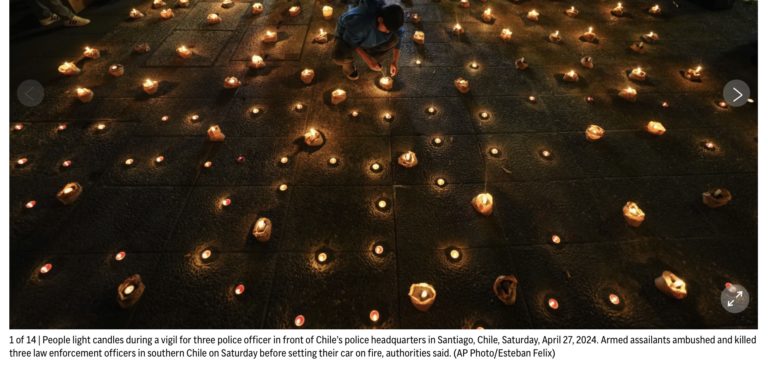Homicide Rates Soar in Urban Areas: Root Causes Examined
Urban areas across the UK are experiencing a concerning rise in homicide rates, with cities like London, Manchester, and Birmingham seeing a significant increase in violent crimes. This trend has sparked debates among policymakers, law enforcement agencies, and community leaders about the root causes of this surge in violence.
Socioeconomic Factors
One of the primary factors contributing to the rise in homicide rates in urban areas is socioeconomic inequality. Research has shown that areas with high levels of poverty, unemployment, and lack of access to education and healthcare tend to have higher rates of violent crime. In these disadvantaged communities, individuals may turn to crime as a means of survival or as a result of limited opportunities for social mobility.
- Income inequality
- Lack of affordable housing
- Unemployment rates
Gang Violence
Gang-related violence is another significant contributor to the increase in homicide rates in urban areas. Gangs often operate in marginalized communities where they engage in drug trafficking, extortion, and other criminal activities. Conflict between rival gangs can escalate into deadly confrontations, leading to a spike in homicides.
- Drug trafficking
- Turf wars
- Retaliation killings
Police-Community Relations
The strained relationship between law enforcement agencies and the communities they serve can also fuel violence in urban areas. Distrust and resentment towards the police can hinder cooperation in solving crimes and maintaining public safety. This lack of trust can lead to underreporting of crimes and a sense of impunity among perpetrators.
- Police brutality
- Racial profiling
- Lack of community policing initiatives
Summary
The surge in homicide rates in urban areas is a complex issue with multiple contributing factors. Addressing socioeconomic inequality, tackling gang violence, and improving police-community relations are crucial steps towards reducing violent crime. By investing in education, job creation, and community engagement, we can create safer and more inclusive urban environments for all residents.




























+ There are no comments
Add yours